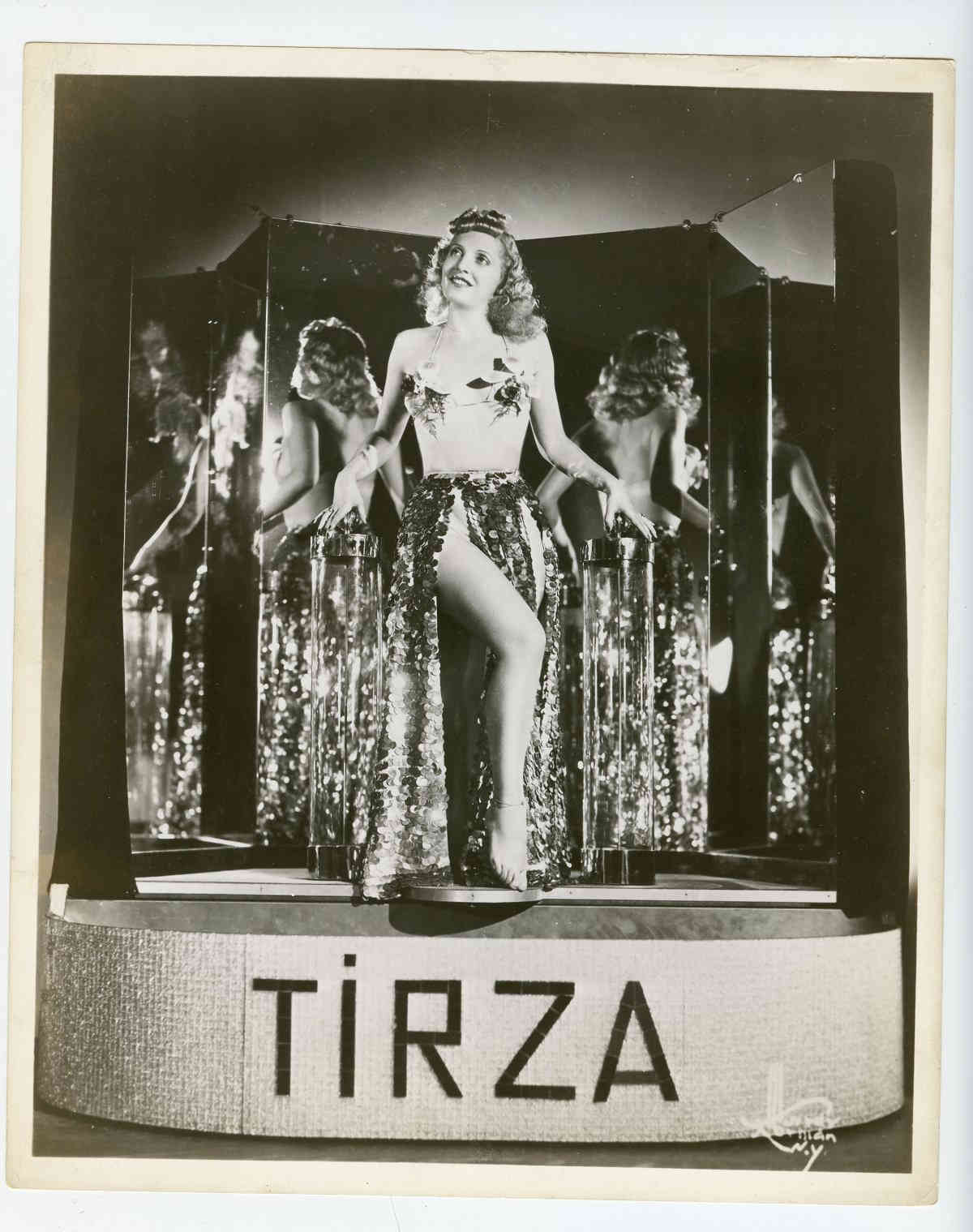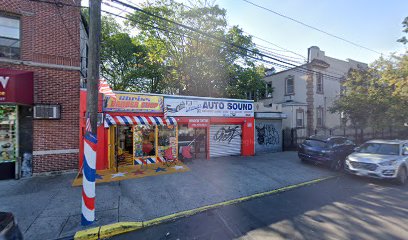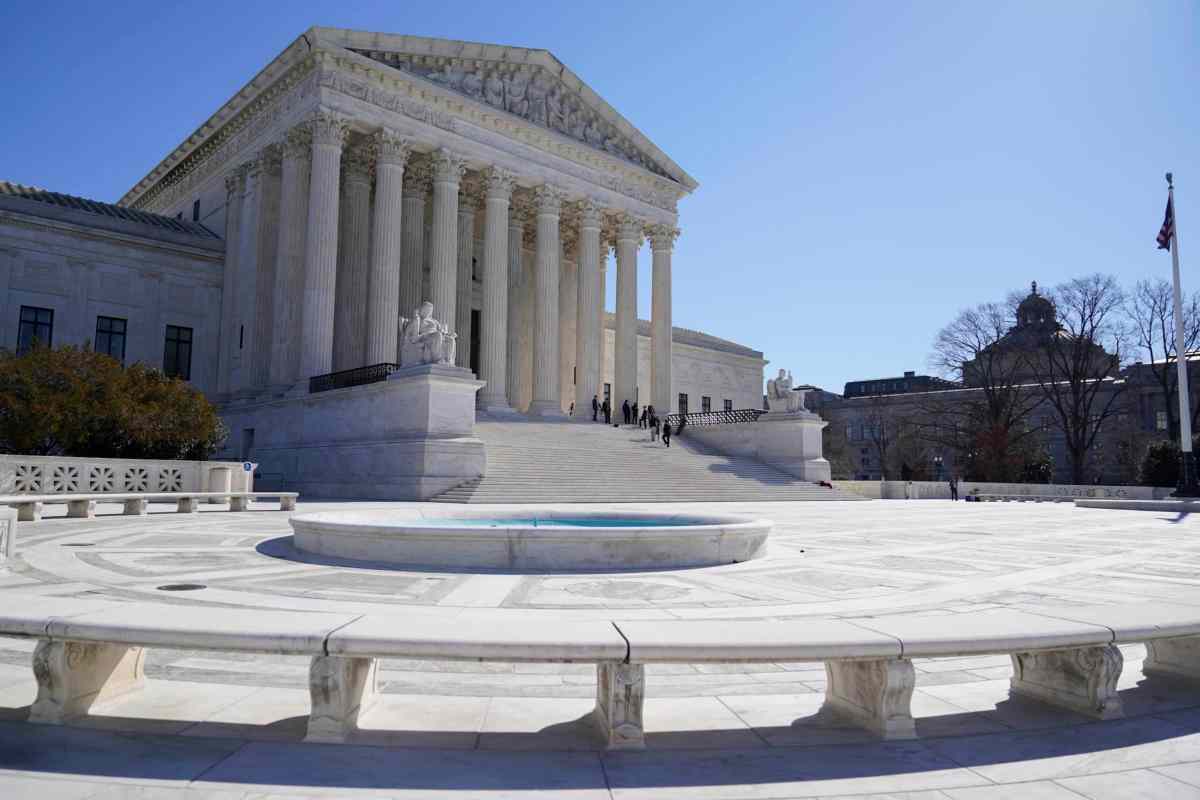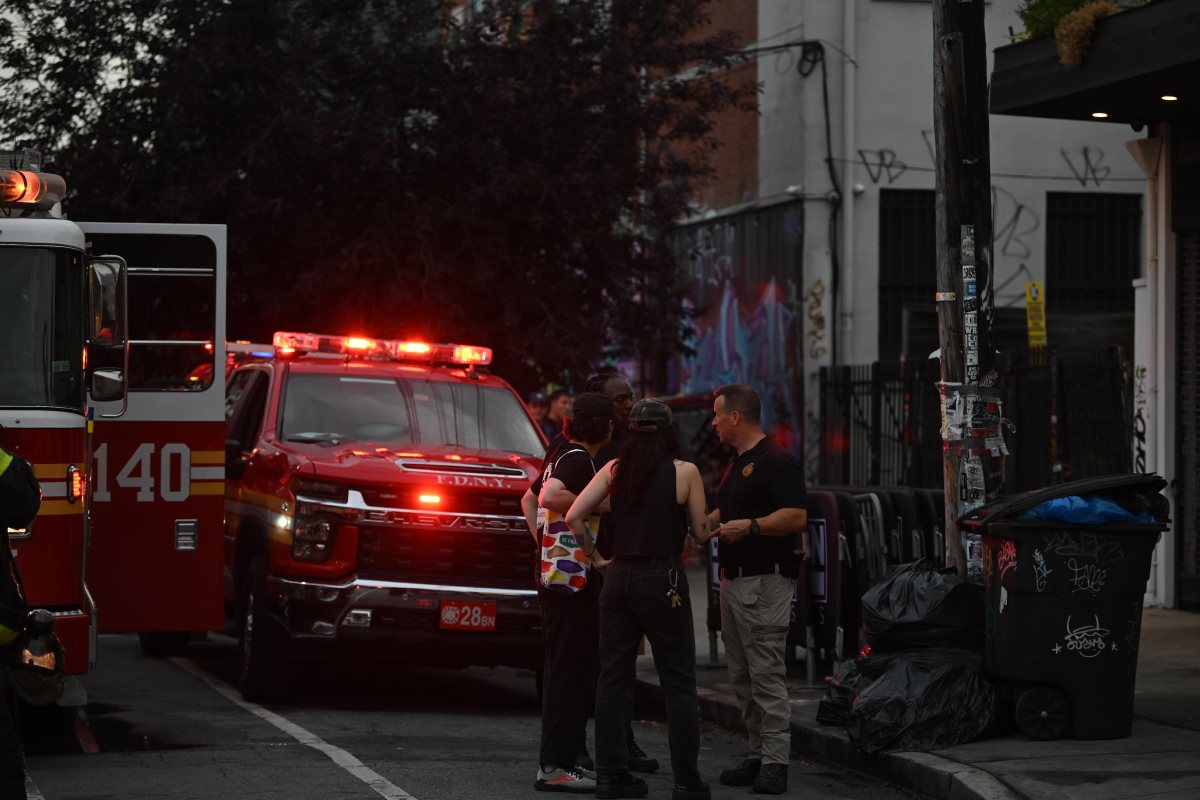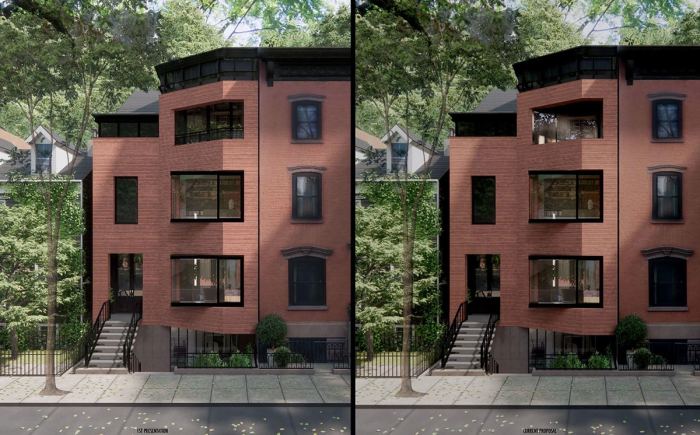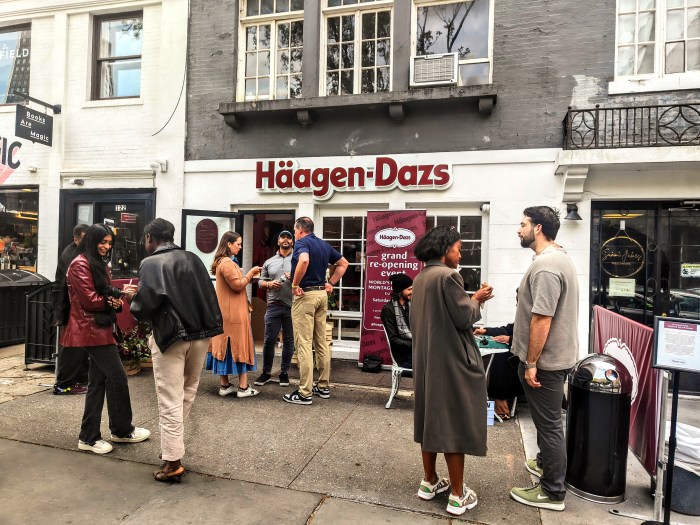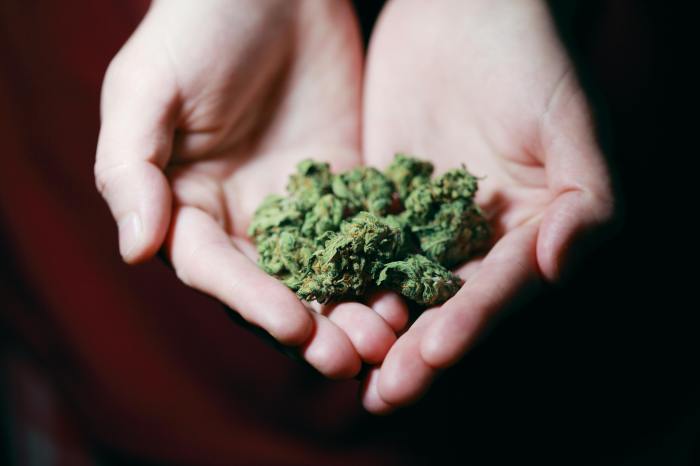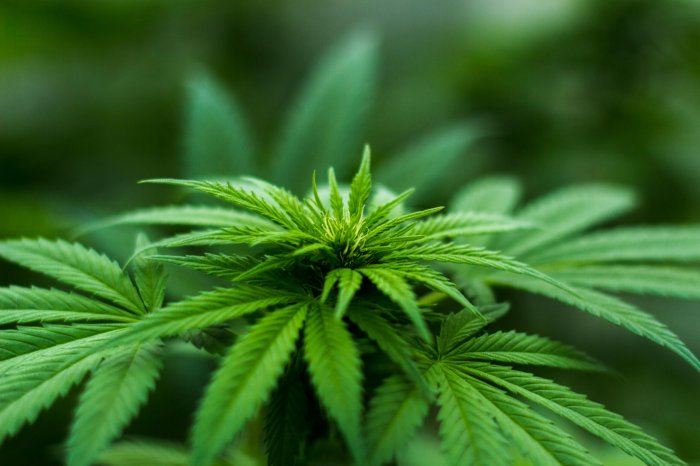We’ll have a gay old time!
A Brooklyn author will offer bi-curious locals a glimpse into the halcyon days of Kings County’s queer culture at Brooklyn Historical Society’s Pierrepont Street headquarters beginning on March 5, where he will launch his new book “When Brooklyn was Queer,” and unveil an exhibit of 19th-century relics from some of the borough’s first known gay and lesbian communities.
The new show “On the (Queer) Waterfront: the Factories, Freaks, Sailors, and Sex Workers of Brooklyn,” explores the lives of Victorian-era queer individuals through period art, photographs, fliers, lurid true-crime tales, and extraordinary personal documents, including a never-before-exhibited scrapbook exploring the life of a gay woman living through 19th-century Brooklyn, said the show’s co-curator.
“She was a lesbian from Brooklyn, and a prodigious scrapbooker,” said Hugh Ryan. “It’s an incredible document, the likes of which I’ve never seen before.”
Ryan began his history of Kings County’s queer culture with famed Brooklyn bard Walt Whitman, who through poems like “Leaves of Grass,” published in 1855, exposed an otherwise undocumented interest in same-sex relationships brewing along the borough’s waterfront.
“Even though we only have records of Whitman, because he kept these records of other men, we know there was a community there, of white, working-class men on the waterfront, who were into the idea of sexual relationships with other men,” said Ryan.
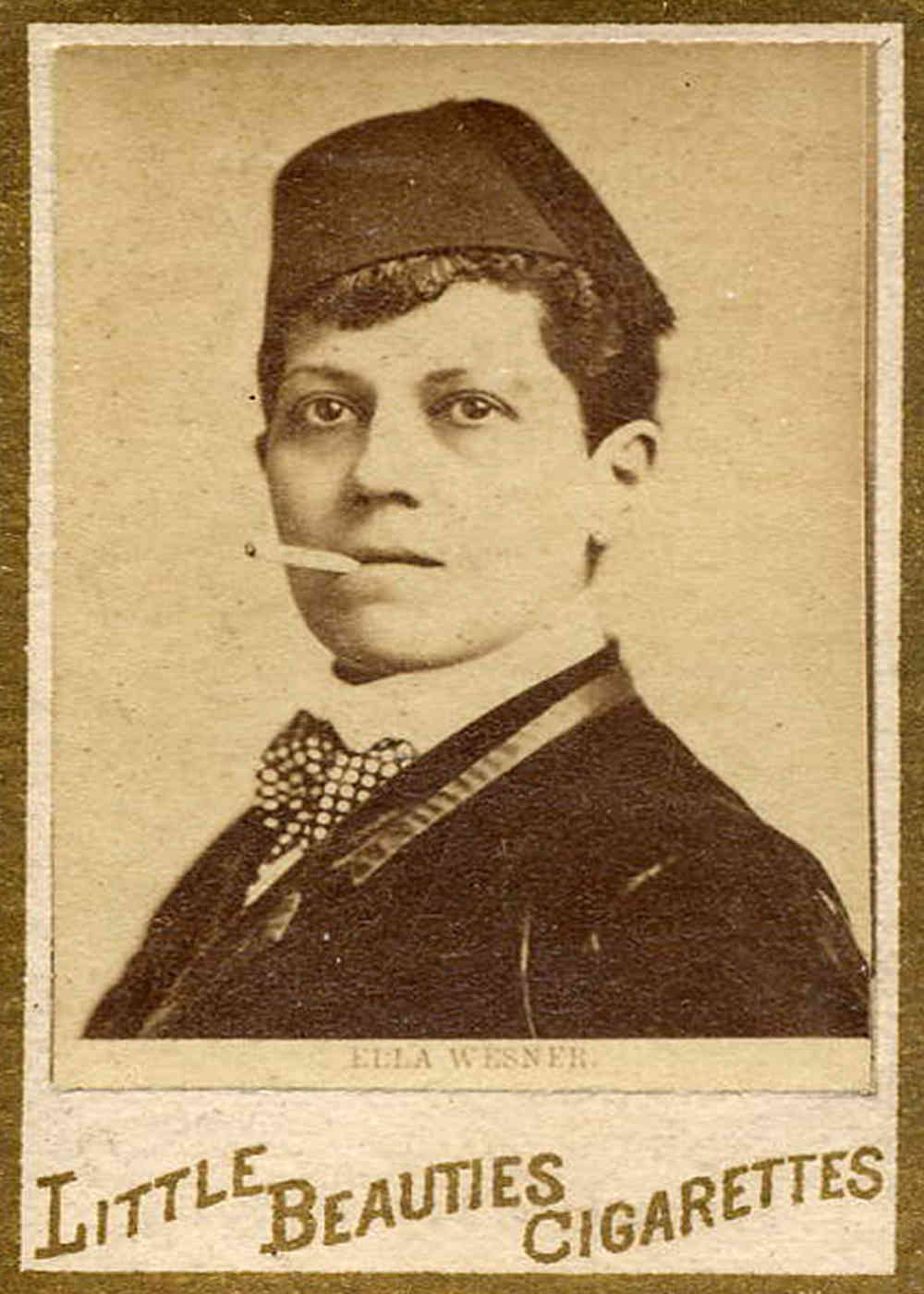
The new exhibit, which the Historical Society bills as the first to ever look at the borough’s gay history, focuses on the industrial milieu of Kings County’s coastal communities, and on five professions that, for various reasons, drew the interest and talent of blue-collar queers, according to Ryan: artist, entertainer, sex worker, sailor, and factory worker.
Some gay Brooklynites were attracted to the migratory nature of jobs like shipping and entertaining, which took them to distant ports, or on cross-country tours, which allowed them to have their same-sex dalliances in distant locales, while avoiding notoriety at home.
“Part of the reason actors were more appealing is that you traveled,” said Ryan. “People couldn’t keep a close watch on you.”
During the early 20th century, the relatively high pay of factory jobs offered women a level of independence from male breadwinners that more traditional occupations could not provide, empowering women to fend for themselves — and their lovers.
“They made more money than women in traditionally feminine jobs,” said Ryan. “It’s about the opportunity to live a life of one’s one.”
“On the (Queer) Waterfront” at the Brooklyn Historical Society (128 Pierrepont St. between Clinton and Henry streets in Brooklyn Heights, www.brook
